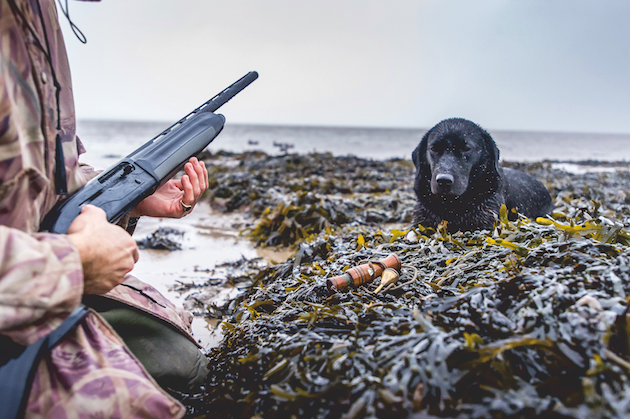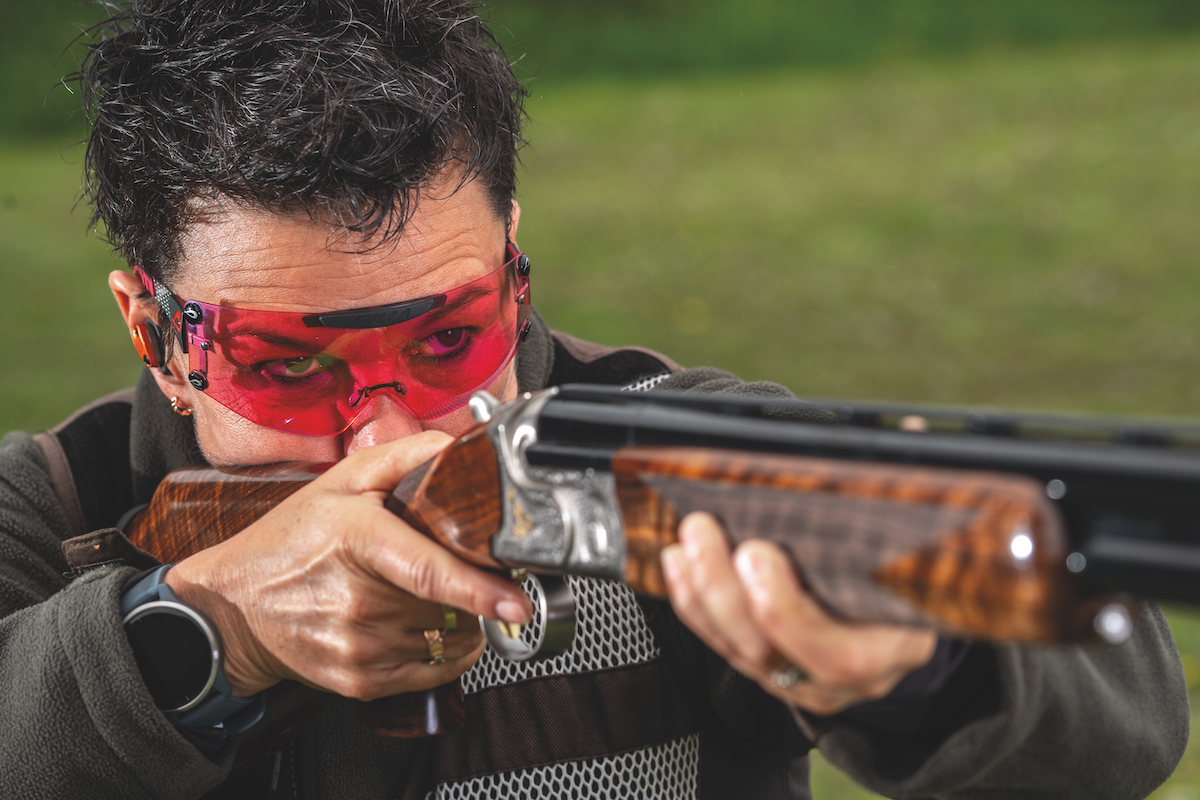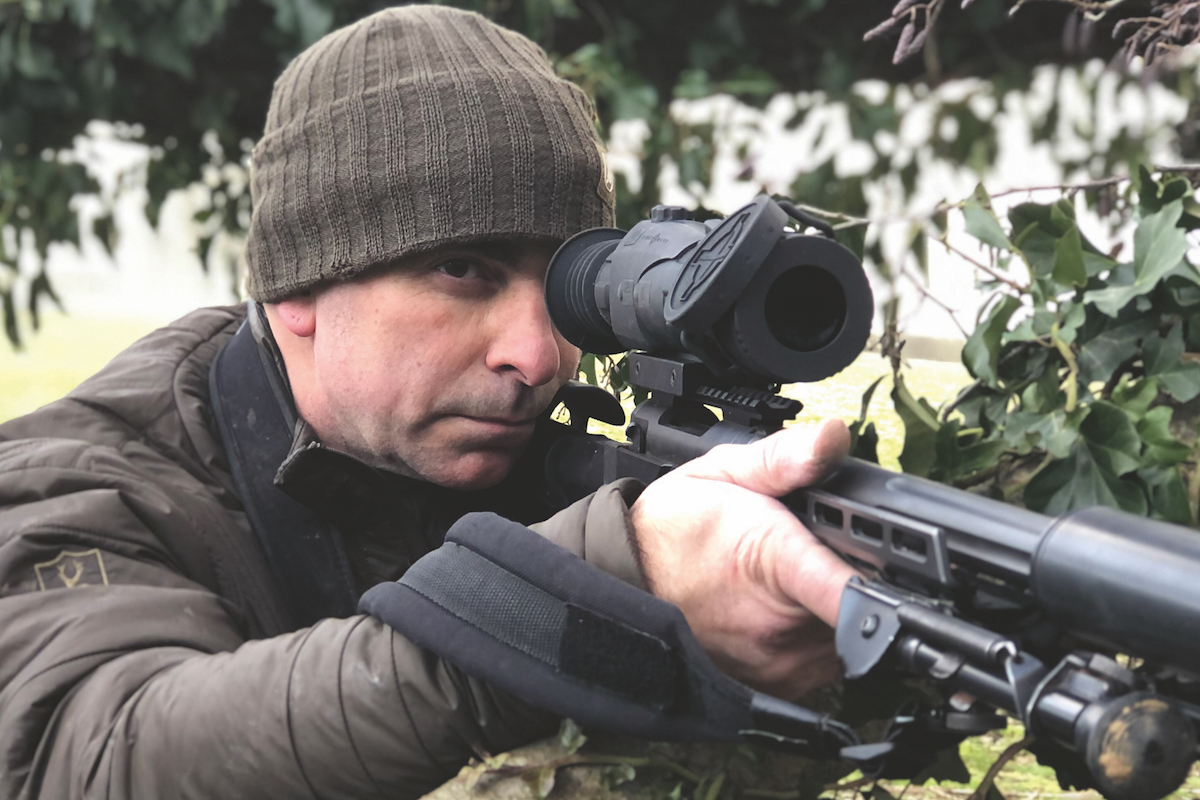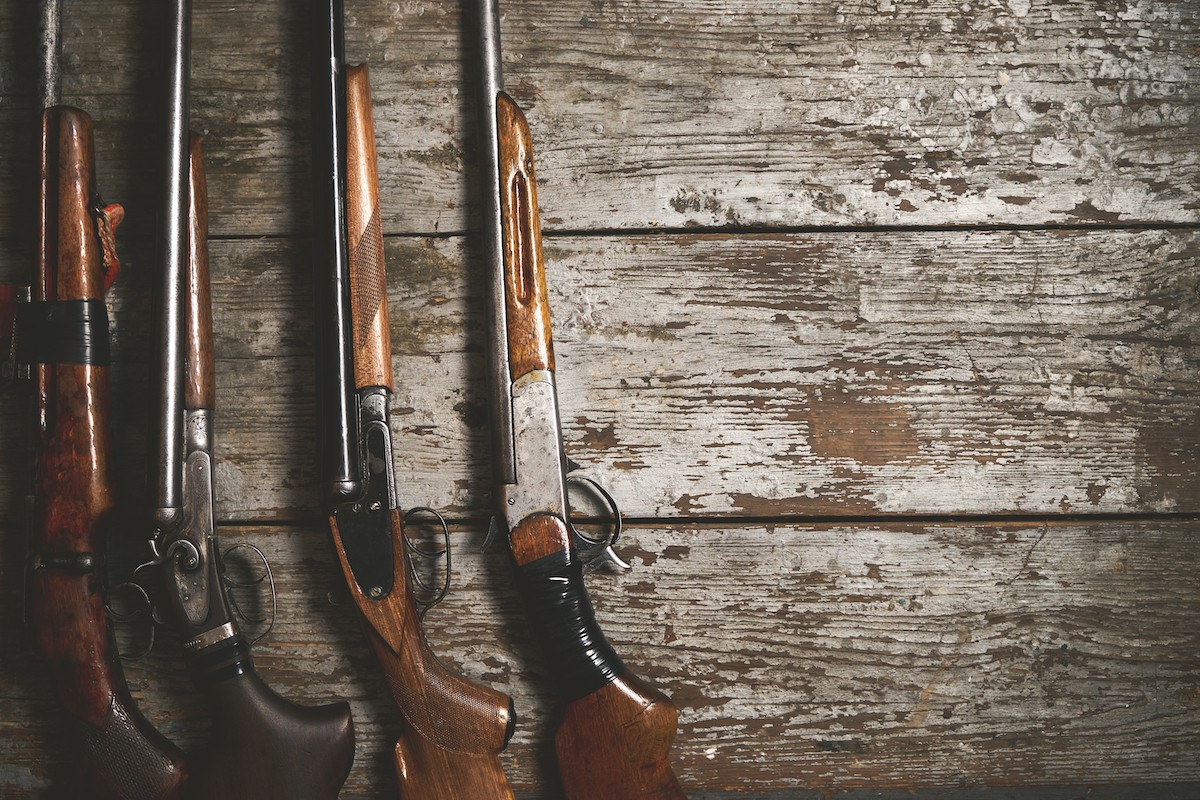Here’s what you need to know about fixed-barrelled guns
Tony Bracci extols the virtues of fixed-barrelled guns and their benefits when it comes to pigeons and wildfowl

Semi-autos are often the preferred gun of choice for wildfowlers
Semi-auto and pump-action shotguns have been around for a long time but have not been as popular in the UK as they have in the USA. Shooters shy away from them mainly because of the uncertainty of how to operate and handle them in a safe way. Those that use them usually love them, and I believe that there are some great benefits to their well thought-out design.
My introduction to fixed-barrelled guns was a semi-auto back in the 1980s. My job as a gamekeeper meant that I used shotguns for work. I had a couple of over-and-unders that did not fit me very well so I purchased a second-hand semi-auto, which came with a set of spacers and washers. After asking around as to their purpose, I found that I could adjust the cast and drop on the gun by inserting the spacers in-between the stock and action.
Having a gun that fitted well was a revelation for my shooting and my love of the semi-auto was fired. They are also cheaper on the whole, due to a manufacturing process that involves less man-hours and, of course, just one barrel. This is no reflection on quality.

Spacers offer the chance for a bespoke gun fit
Some history on fixed-barrelled guns
I couldn’t write an article on fixed-barrelled guns without mentioning John Moses Browning. He first designed a pump-action shotgun for Winchester in 1893, with an external hammer. He also designed the Winchester 12, a hammerless gun from 1912. By then he had also made a semi-auto. The Browning Auto-5, patented in the early 1900s, was the first of the long recoil semi-autos and stayed in production until 1998.
The first semi-autos were long action, having the barrel and breechblock move back after firing to expel the spent cartridge and load the next. The short action followed and then the gas-operated autos, which bleed off some of the gases from the fired cartridge via a port in the barrel to operate the action. This helped with reducing the recoil and removed the long action ‘shuffle’ as the barrel didn’t move, just the bolt. Gas-operated semi-autos are most common and with self-adjusting gas valves that stay cleaner in use and are not as fussy about cartridges as they were.

A Remington V3 in Mossy Oak camo gets a test run
Safety with fixed-barrelled guns
When using a fixed-barrel shotgun safety is of the utmost importance. With a break-barrel shotgun, when the action is open the barrels point to the ground, which we take for granted. However, we cannot break the action with a fixed-barrel shotgun and therefore we have to be more ‘muzzle aware’. When you are not shooting a fixed-barrel gun, all effort should be made to point its barrels either up in the air or down to the ground. The use of a safety flag, breechblock or plug allows everyone to see that the bolt is back and the gun cannot be fired. That’s no excuse for not having the muzzles pointing in a safe direction, however.
On the clay ground the safety flag should be in, until you are on the stand and ready to load. The flag should also be replaced in the action before you come out of the stand. In the field, any time you would open a break-barrel gun, with a fixed-barrel the bolt should be opened, unloaded and flag used.
To check whether a fixed-barrel gun is safe and the barrel clear, the bolt should be back, a visual check of the chamber and the magazine tube conducted. This should be followed by a physical check with your fingers that both the magazine chamber and magazine are empty. Then and only then can you check the barrel from the muzzle end. Fixed-barrel guns generally have a button safety catch rather than a thumb operated one, which are manually operated with the trigger finger and usually located by the trigger guard. When you push before moving your finger onto the trigger there is usually a red indicator to highlight that it is ‘live’. To put the safety on, you push in the opposite direction.

Loading a fixed-barrel is less awkward within the confines of a hide
In a hide
I always use my semi-auto when I am pigeon shooting. Using an over-and-under in the confines of a pigeon hide feels awkward. Loading and unloading with a semi-auto seems easier and convenient, remembering to keep the barrels pointing up and safe. The lodge guns where we shoot in Argentina are generally semi-autos, a testament to their capability for high volume of shots and reliability.
Wildfowlers like them partly because if dropped in the mud they can be washed off and will still work. Anyone who is recoil sensitive should try a semi-auto. Left-handers didn’t get on so well with them to start with as they ejected spent shells across their face, but now most models are made with a left-handed option. They have been known to be cartridge sensitive but progress has been made on this front too.
In my job at Bisley and coaching at a school I teach skeet, trap and sporting clays. A big part of the training is safety and to that end we introduce the students to semi-auto and pump-action guns as well as the more traditional over-and-unders. The fact is there is an increased risk of an accident if you are not competent with any gun you are using, so learning how to load, unload and handle a gun properly will render a fixed-barrel shotgun as safe as any break-barrel.








